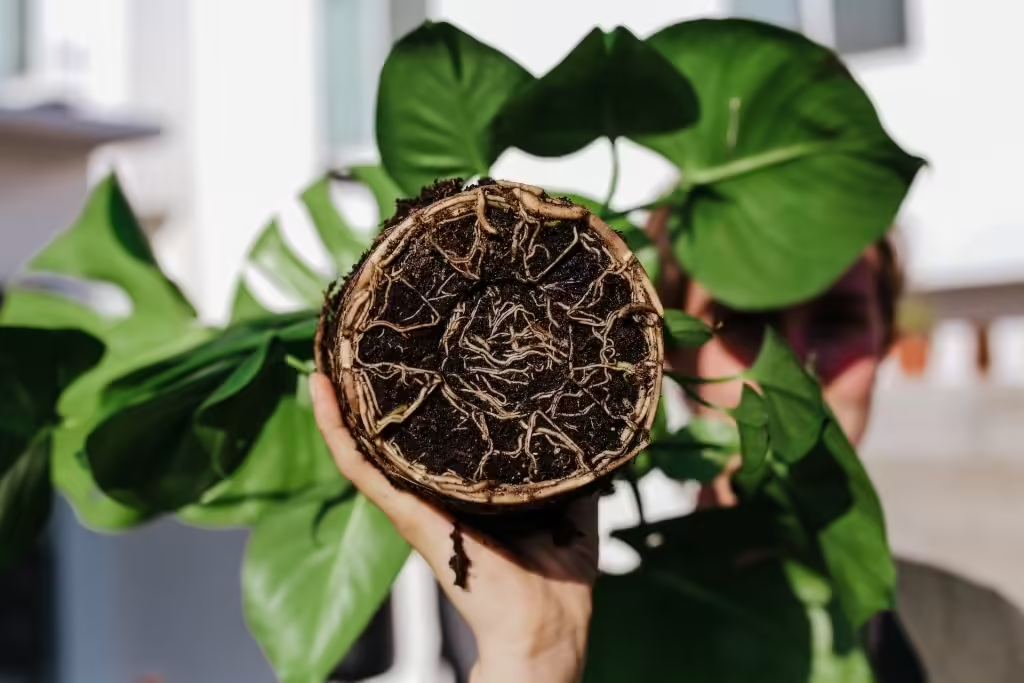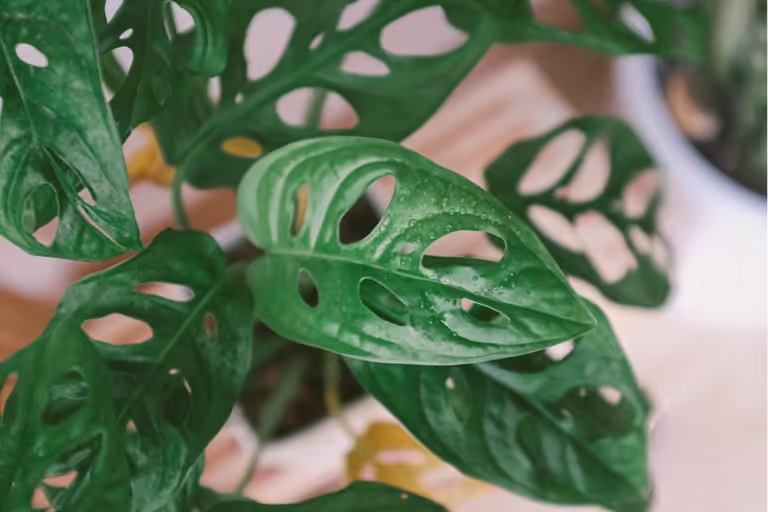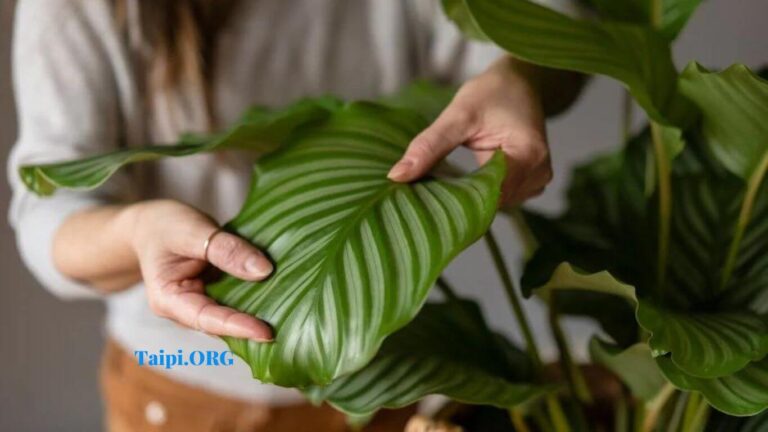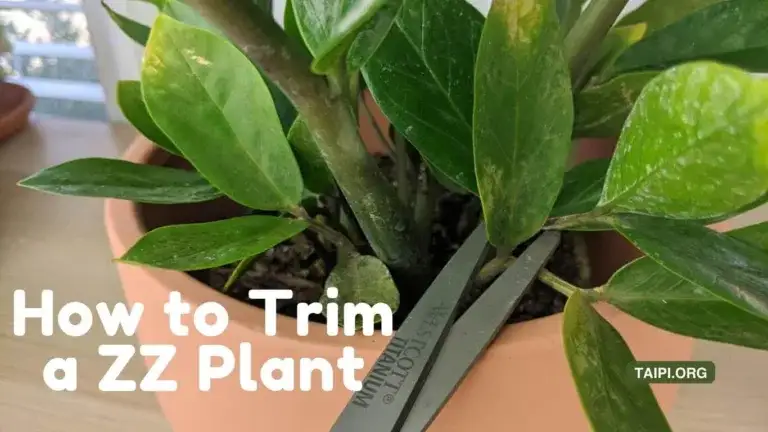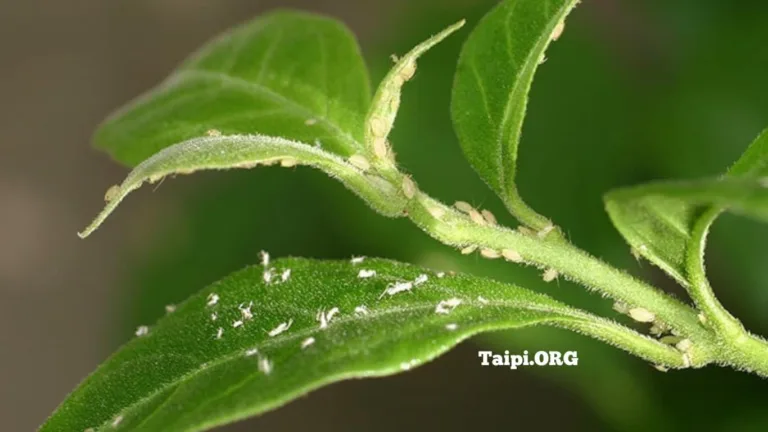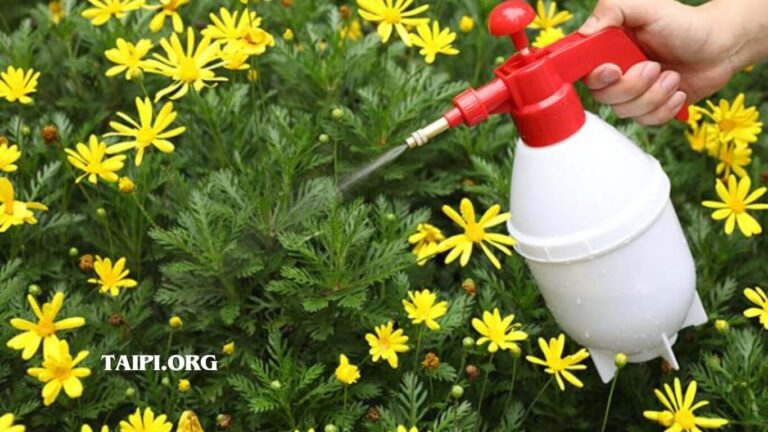Beginner Tips for Root Rot | Causes, Spotting, Treating & Prevision
Root rot is one of the biggest causes of plant death across the whole of America Europe and Asia with a devastating economic environmental and emotional impact fell in millions of homes across the world.
This issue is so prevalent and so devastating that it is leaving millions of homeowners in utter Despair and our complete loss of what to do.
In all seriousness though, root rot is a problem that lots of plant owners run into at some point in their plant owning Journey leaving them bitterly disappointed when it results in the death of their plant. But the trouble is massively misunderstood.
I’m going to give you the ultimate guide on what root rot is, why it happens, and how to prevent it and treat it.
Symptoms of root rot
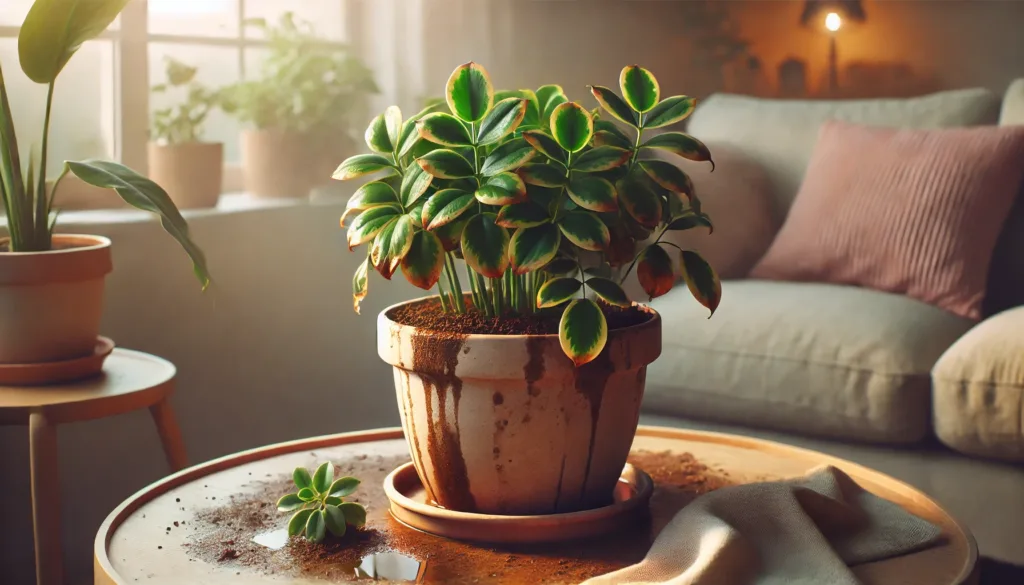
Let’s talk about the symptoms of root rot first, to which there are many to help you identify when you might have a problem.
The classic first sign is a general and gradual yellowing of the plant. This is normally accompanied by a general unexpected decline with some drooping of the leaves and stems.
The yellowing occurs because the roots are not functioning as they should and failing to draw up nutrients from the plant’s foliage. plants need nitrogen to feed strong healthy growth and give the plant its color. So without that, leaves gradually turn yellow.
Essentially, the plant is slowly dying. In lots of plants, this is often accompanied by Browning tips on the leaves. This is an absolute classic Telltale sign and happens when there’s too much water in the leaf cells and they burst to destroy them and leave brown scars.
A close inspection of the leaves and stems normally reveals a mushiness because again there is too much water in the cells of the plant rotting them from the inside.
I saw this last summer with my Philodendron Birkin who was suffering from some root rot and the new leaves were coming out brown and mushy until they died and fell off.
Growth abnormalities such as misshapen leaves and stunted growth are also normally evident. So it’s important to act, so you don’t have Frankenstein’s plant on your hands.
As a summary, we can list down the symptoms as follows,
- Slow Growth
- Yellowing leaves
- Soil Stays wet
- Wilted Appearance
- Mushy Stems
- Black Spots
How can root Rot Develop?
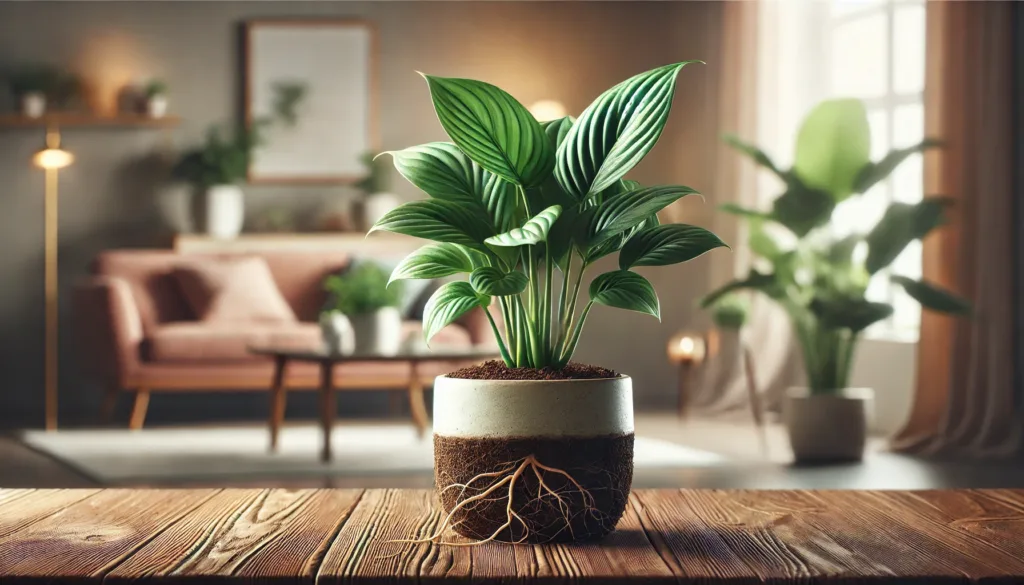
Because if we can identify the cause, we may be able to also identify ways of preventing it in the future. There are a few ways that root rot can occur the most common method is the over-watering of a house plant where the soil stays too wet for too long and essentially root rot develops. There are other ways that root rot can develop.
Lack of Oxygen
Why does all this happen? What is causing the roots of your plant to rot? The conventional wisdom here is that water is the killer, give your plant too much water.
But this is only half the story though. If this was the case, then plants wouldn’t be able to live in water as so many of them do. The plant will die because there’s too much water. There is not enough information on the internet about root rot.
The general advice always seems to be, don’t give the plant too much water. That advice is kind of lazy honestly. Water isn’t the killer here. The lack of oxygen is released for one of two reasons.
I’ll come back to the second reason shortly and it might shock you!!
If a plant’s Roots are not getting enough oxygen it will suffocate in much the same way we would suffocate without oxygen. This should be your primary concern when caring for your plant. Are the roots getting enough oxygen? and not necessarily is the plant getting too much water?
Don’t get me wrong, too much water is a major problem. But it only compounds the issue and speeds up the rotting process. So we do have to get the watering right too. Put your plant in a potting media that has enough oxygen, and you’ll struggle to kill your plant. Unless you go for it. This is why I always bang on about not potting up your plant in just soil or compost on this blog.
Soil and compost are generally very dense with very few air pockets that suffocate the Roots. Add Waters to this, then you’ve got an accident waiting to happen. You’re adding moisture to a pre-existing problem, generally making things worse.
One of the worst things you can do as an indoor Gardener is to dig up some soil from your garden and use it for your tropical house plants. This is especially true if you have clay-like soil as I do have. It’s just far too dense and will suffocate the Roots.
I know it’s essentially Free Soil but it won’t be free if you end up losing your plants. This is why perlite is plant’s gold in the house plant Community. Perlite is a lightweight granular volcanic rock that looks and fills that polystyrene.
It’s added to plant soil as a means to increase oxygen for the roots. Perlite is used as a soil amendment which has high permeability and low water retention, helping to prevent soil compaction.
I always add perlite to all my soil mixes and my plants love it. I’ve drastically reduced root rot issues in my house plants as I started using them. My general mix is about five parts soil (5/7) to two parts perlite(2/7) and for succulents, I increase this to 4 four parts per light to give my succulents a nice Airy mix.
The soil of your plant won’t become a bug. Because perlite is effectively acting as a drain and keeping the soil moist but not wet. As well as providing valuable oxygen around the roots.

Fungus
so let’s talk about the second main cause of root rot in house plants and this might shock you. It’s “fungus”. Fungus is the second reason your plant is rotting and is usually much more damaging than a lack of oxygen.
You see fungus may be present in the soil of your plants but remain dormant for a long time until the soil becomes waterlogged and the spores come to life and attack the roots causing them to rot and die.
When I first realized this, it kind of blew my mind. I had no idea this was a fungal issue. For the longest time, I just thought it was a watering issue. The reason this is usually so much more damaging for your plant is that once a problem starts it can quickly spread to healthy Roots even if the soggy condition has been rectified. And this can result in plant death.
There are three main types of fungus likely to attack the roots.,
As I said, they can remain dormant in the soil and only come alive when the soil becomes waterlogged. So keep your plant in a well-draining mix and water only when needed.
Unless you know what you’re doing, keep your plant in a plastic Nursery pot we drain the Charles inside a decorative pot. This will allow the excess to freely drain through the plant out of the bottom which you can then easily discard.
You never want your plants sitting in standing water for long. I often tell you to water your plants when the plant needs them.
This means checking in to see if the soil is actually dry before giving it water. If you don’t do this, then the soil is at risk of being constantly saturated leading to a lack of oxygen for the roots and for water spores to become activated.
For this, I always recommend the trusty moisture meter.
Watering Tolerance
Every plant’s tolerance to over-watering is different and this is key. Some plants like to have consistently moist soil, whereas others really need the soil to dry out thoroughly.
The obvious examples of this are Cactus and succulents that store water in their thick leaves so aren’t relying on the water in the soil as much, Saturate the soil often and they will start to suffer with the leaves rotting from the inside.
On the other hand, Calipheres tend to prefer moist soil to prevent their leaves from growing Brow. If you’re unsure of your plant’s tolerance, then I would always do a little bit of research using Google or even Chat GPT really pays off.
Maybe, you’ve got a plan that they show in the classic symptoms I went through earlier and you’ve been watering every couple of days oblivious to the dangers. How should you treat suspected root rot? As in most things in life, prevention is always better than Cure.
Having said that, I know it doesn’t help you when you’ve got a plan a death’s door in your hands. You need to take the plant out of this pot remove the soil and closely inspect the roots.
How to Prevent Root Rot?

You’re looking for any roots that are black or turn in black and mushy. Healthy Roots should be off-white and plump. If they’re black and mushy. Then cut them out. It can be quite aggressive as well.
You don’t want anything suspect remaining because you risk this spreading to healthy Roots. It’s a little-known fact that plants benefit from being root pruned. So make sure you cut everything out that is rotting.
Once you’ve done that, report into fresh soil that’s been amended with perlite and what you’re watering. Your plants should bounce back.
Also, it’s important to choose a plant that has a healthy root system, when you buy a plant from a plant shop. This is because most plant shop owners may overwater their plants to avoid plants from dehydration.
Also, keep your plant in a spot that has good indirect sunlight. This prevents the soil from being wet for too much time. As I explained earlier, too much water causes root rot.

